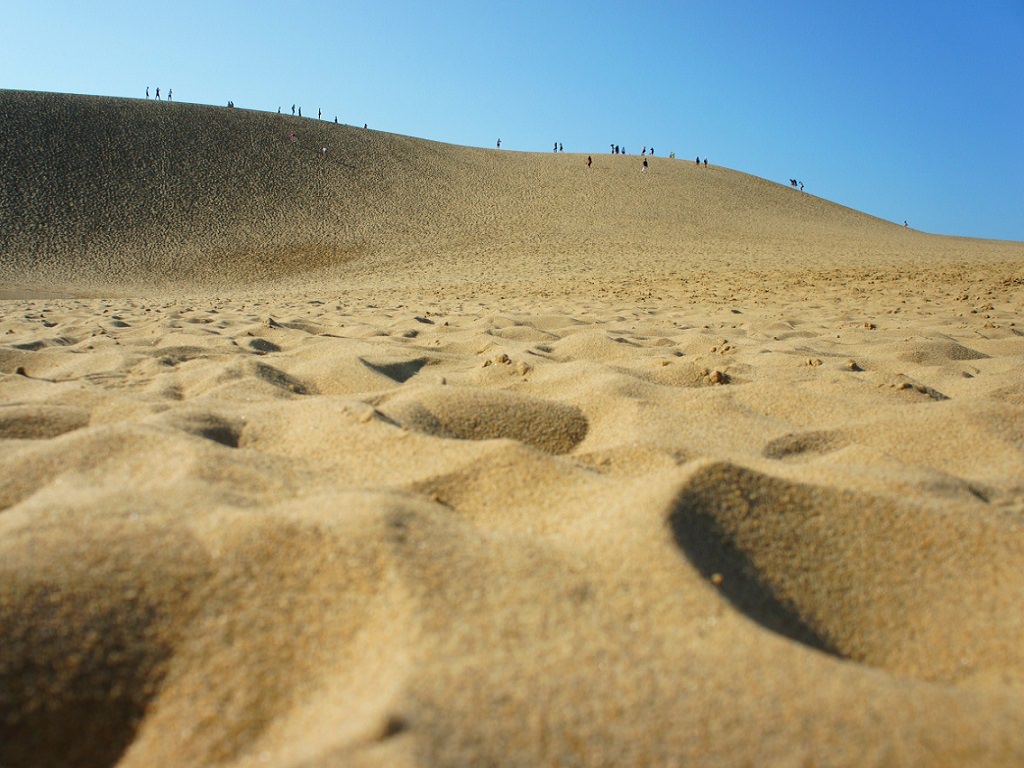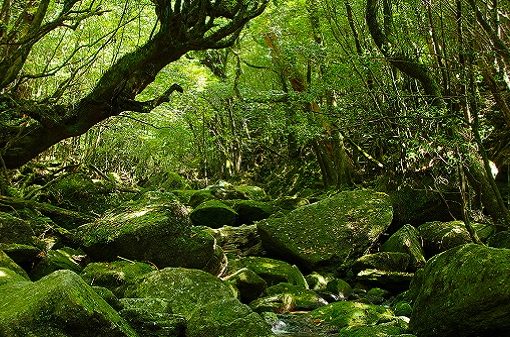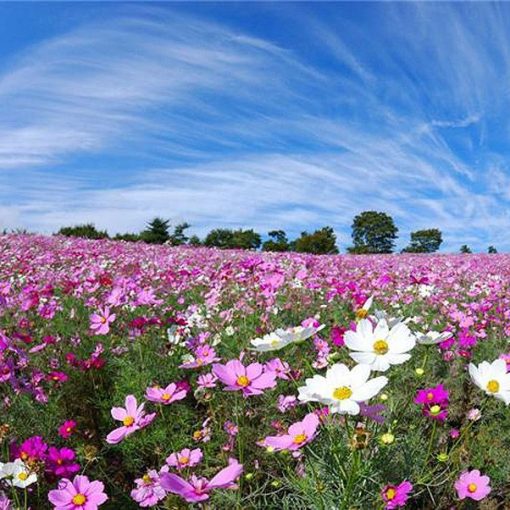TOTTORI is a prefecture located in the west of the island of Honshu. It borders Hyogo Prefecture to the east, Okayama and Hiroshima Prefectures to the south, and Shimane Prefecture to the west. It is washed by the waters of the Sea of Japan in the north. The surface is mostly mountainous.
The Chugoku Mountains cross the southern part of the prefecture. Plain regions are concentrated along the rivers and off the coast of the Sea of Japan. Warm climate, beautiful weather from spring to autumn, snowy winters allow you to enjoy the nature of the prefecture to the fullest.
Area 3,507 sq. km. The population is about 600 thousand people. Total number of administrative units: 18 cities, 1 village. Prefectural capital: Tottori City
Due to its remoteness from the economic and most populated centers of Japan, Tottori remains a predominantly agricultural area. Rice, fruits, vegetables and tobacco are grown here, as well as livestock. The main types of agricultural products are local peaches, watermelons, grapes, as well as poultry products.
Fishing is developed, the largest fishing base in Japan is located in the port of Sakaiminato, canned iwashi, fishmeal and other types of fish products are produced here.

Efforts are being made to develop new fishing areas, as well as to increase fish resources by breeding halibut, abalone shells, etc. Forestry and food production are developed. Yonago and Sakaiminato became new industrial cities in the Nakaumi zone. The total volume of industrial output is about 1 trillion. 100 billion yen (electrical equipment and electrical machines, food, beverages, feed, tobacco products, cellulose, etc.). There are plans to modernize the local industry.
What to see
Tottori is the sea, mountains, fields and all the beauty of the area – a harmonious combination of water, earth and air. This is what attracts most tourists to Tottori Prefecture. Although, of course, in addition to natural attractions, you can see historical monuments here.
Mount Daisen. The mountain of volcanic origin, with a height of 1709 m, is the largest mountain in the Chugoku region. Its smooth outlines resemble Mount Fuji. With the change of each season, this mountain changes its appearance: in spring – young greenery, and in autumn – colorful leaves. It is also ideal for golf, skiing and hiking on forest paths.
Daisen dairy farm. Not far from Mount Daisen is a dairy farm. This is the place where everyone wants to stop and try a portion of the famous ice cream or other fresh dairy products. By the way, you can cook them yourself.
Ame-daki and Daisendaki waterfalls. They are among the “100 Best Waterfalls” in Japan. A powerful water stream falls from a cliff 40 meters down. Lake Togo, Lake Nakaumi, and Koyama Pond are some of the largest bodies of water in Tottori City. Tottori Prefecture is also famous for its mandarin ducks, which can be found all year round in the lakes and ponds of the prefecture.
For lovers of hot healing springs, Tottori is also a good place. There are unique waters and interesting resorts based on these healing waters.
Hot springs of Misas. This area, famous for its onsen, is one of the main attractions of the San’in region. The Mitokugawa River flows through the onsen districts, widely known for their healing effects on the human body due to the radon contained in their waters. At the Misasa Bridge, which stretches over the river of the same name, there are free outdoor thermal pools.
Hot springs Tottori. Known for their unusual location. They are located in the liveliest part of the city, just a 5-minute walk from Tottori Station. There are many public hot spring baths there.

Hot springs Kaike. White sandy beaches and green Kaike pines make this a popular resort in the San’in region. The history of the resort began in 1900, when hot springs were discovered at the bottom of the sea. It is believed that they are rich in marine minerals, have therapeutic and cosmetic effects. In summer, visitors can enjoy swimming in the sea. The hot springs of Hamamura, Sekigane, Shikano, Iwai, Haai, Togo, Yoshioka are also popular.
The sand dunes of Tottori are Tottori’s biggest attraction. heaps of sand, which were formed as a result of the action of water, wind and sea tides, moving masses of sand, formed due to the weathering of granite from the Chukogu mountain range about 100 thousand years ago. They are the largest dunes in Japan. Modern dunes are very different from what they used to be; rather, they are decreasing, and the city government is trying to keep them. This place gained wide popularity after the release in 1964 of the film “Woman in the Sands”, filmed here by director Hiroshi Teshigahara based on the famous novel of the same name by Kobo Abe. Also, it is in Tottori that the festival of sand sculptures takes place every year.
Shang Shan Festival. During it, the main street of Tottori is buried in a variety of colorful paper umbrellas. Incredible sight: a real “dance” of colorful circles everywhere. The umbrella dance or Kasa-odori is very popular here, there is even a legend that a long time ago, somewhere in the Edo period, there was a drought in this area, and an elderly man Gorosaku began to dance with an umbrella (kasa) in order to ask gods rain, so he danced to death and then it began to rain.




